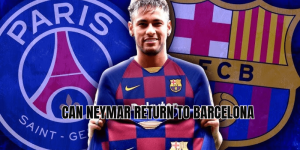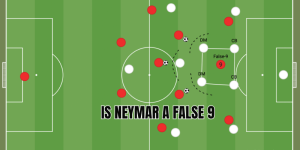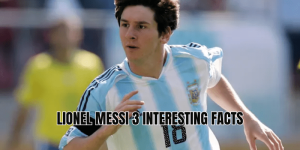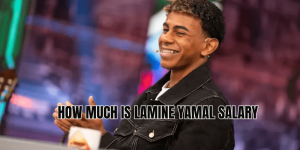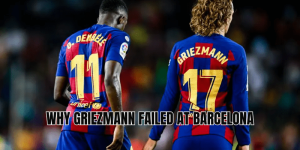From the moment Erling Haaland exploded onto the scene, fans and pundits have debated his style: Is he merely a goal-scoring machine, or does he possess the subtler skills of dribbling and close control? In this article, KorKick will take you through the evidence—statistics, tactical analysis, match footage—and answer the burning question: can Haaland dribble?
We’ll examine his dribbling numbers, compare to other elite forwards, explore how often he attempts dribbles and in what contexts, and dig into how his playing style has evolved. Strap in—Haaland’s case is more nuanced than many realize.
The stat sheet: how often does Haaland dribble?
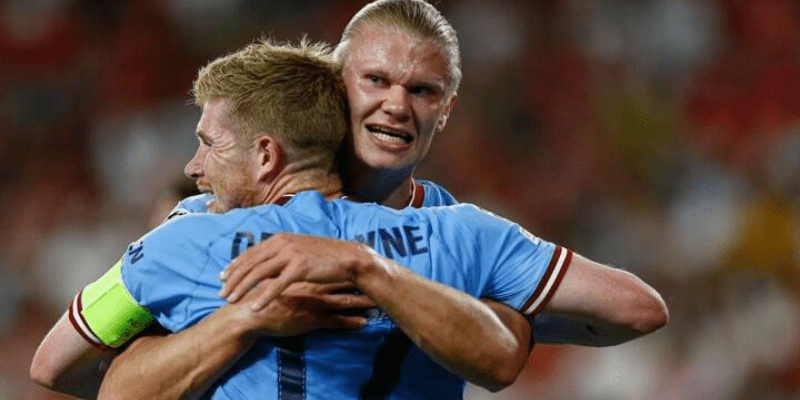
When you head into the data, the numbers are modest. In the current Premier League season, Haaland has completed only 4 successful dribbles in league play.
In prior seasons, over multiple campaigns since 2022–23, he has managed something in the order of 29 completed dribbles in Premier League matches.
For a forward of his stature and reputation, those figures are low compared to wingers or attacking midfielders. That doesn’t mean he can’t dribble—but it suggests that dribbling is not central to his game, but rather a supplementary element.
What makes this more interesting is how Haaland uses the ball when he does carry it forward. In the newest season, 48.4 % of his “carry distance” (i.e. when he moves the ball with control while running) is oriented toward the opponents’ goal—a marked increase.5 % in earlier seasons. He’s becoming more direct, more aggressive in his forward motion.
Thus: yes, Haaland is capable of dribbling, but it is rare and selective.
Comparing to other forwards: where “dribblers” live
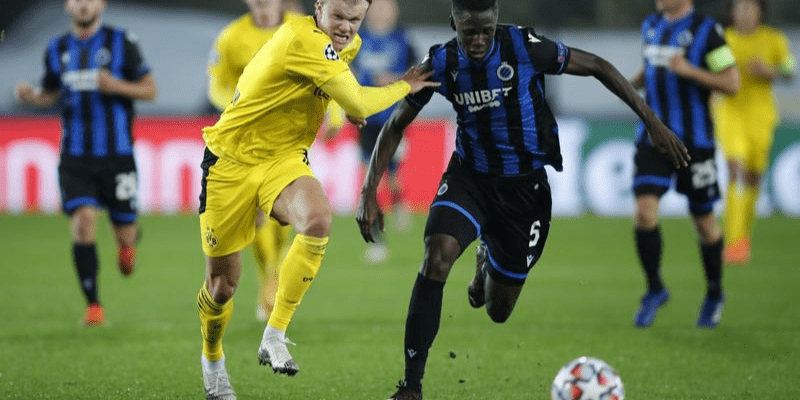
To understand Haaland’s dribbling in context, let’s compare with players whose style is built around dribbling—say Kylian Mbappé, Neymar, or Vinícius Jr.
- These players often register dozens of dribbles, frequently attempting one-on-one take-ons.
- Their roles often demand creating in tight spaces, breaking lines through dribble, and generating chances off solo runs.
Haaland, by contrast:
- Operates mostly in and around the penalty area, often as the final finisher.
- Is more oriented toward movement, timing runs, exploiting space, and finishing chances than dancing past multiple defenders.
- Does occasional dribbles when space is available, or when defenders are caught flat-footed.
In short: while authentic “dribblers” make dribbling a pillar of their game, Haaland views it as a tool to use when needed—not as his primary weapon.
How Haaland dribbles: style, technique, and evolution
Dribbling isn’t just raw numbers—it’s how a player approaches it: footwork, decision-making, speed, body control. In Haaland’s case these qualities show up in specific ways.
Controlled, minimal dribbles
He doesn’t take on multiple defenders. His dribbles tend to be short bursts—one or two moves to shift direction or evade pressure. He uses his strength and stride to “push” past opponents when necessary rather than intricate feints.
Dribble as escape or envelope
Often Haaland dribbles to escape pressure—if defenders crowd him—or to create just a little space for a shot. He can shift the ball slightly wide or drag it back before accelerating toward goal.
Improvement over time
Observers have noted that Haaland’s dribbling and close control have improved season to season. Earlier in his career, dribbling was more basic; now, his first touch, his ability to shield the ball, and his willingness to carry it over short distances have sharpened.
Tactical analysis shows that he is more confident holding onto the ball, adjusting his posture and touch, and choosing when to engage in dribbling. He’s no longer passive when confronted with defenders—he attempts to exploit gaps.
When not to dribble
There’s also a strategic logic: he doesn’t dribble because he often doesn’t need to. His teammates, movement, and service frequently set him up in dangerous areas. Dribbling past multiple players can be risky and slower than simply making a move to receive or finish. One tactical analysis argues:
“Haaland can touch the ball all he wants … he isn’t going to dribble past four players.”
That is, he’s not going to force dribbles when his strengths lie elsewhere.
What does dribbling add to Haaland’s game?
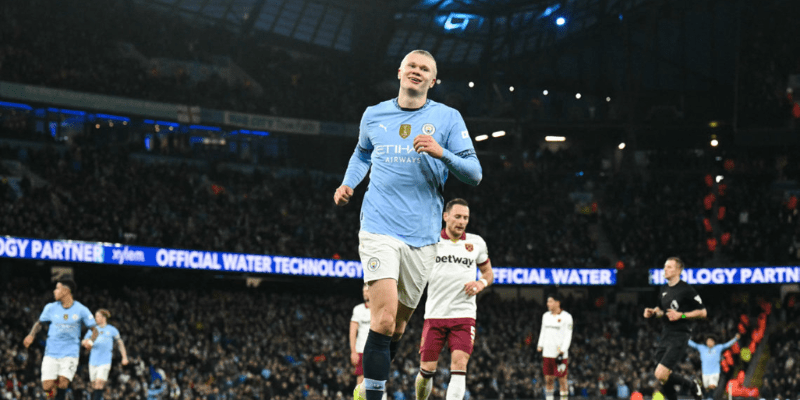
If dribbling isn’t his forte, why bother improving it? The answer: versatility and unpredictability.
- A few well-timed dribbles can break a defensive line, unsettle a marker, or draw fouls in dangerous zones.
- It enhances his ability to receive the ball in tight spaces—if defenders close him down, he might use a small dribble to free himself.
- It makes him less one-dimensional—defenders can’t solely assume: he waits, runs, then finishes. They must also guard against his ball skills.
In high-level play, that little edge sometimes makes the difference between being contained and being a menace.
Limitations and criticisms
Let’s be fair: Haaland is not often praised as a “dribbler,” and critics have strong points:
- His dribble volume is low compared to more technically fluid attackers.
- Some analysts argue he doesn’t “create” many shots off dribbles—his dribbling often ends in pass, shot, or no further action.
- In tight defensive settings, he may skip dribble attempts altogether, preferring movement or combination play.
- Dribbling amid multiple defenders is risky, and he might lose control or be dispossessed in transitional moments.
Thus dribbling is an optional layer, not a guaranteed weapon.
Case studies: memorable Haaland dribbles
Though rare, there are moments where Haaland shows his dribbling quality:
- In matches where he drifts wide or drops deep, he sometimes carries the ball forward into space, beating a defender or two on the run.
- In counterattacks, when defenses are stretched, he may collect the ball with space ahead and dribble past a covering defender before finishing.
- Analysts have highlighted matches in which his dribbling impressed beyond expectation, citing improvements in confidence and control.
These instances serve more as “icing on the cake” than central identity.
Final Thoughts
Can Haaland dribble? Yes—but sparingly. He is not built like a classic dribbler, nor does he seek to be one. His core identity is that of a goalscorer, a predator in the box, a runner in behind. But over time, dribbling has become an extra tool in his toolbox—a subtle chess move rather than a flashy show.
If you want to see Haaland’s dribbling in action, look for games against softer defenses or moments where he collects the ball under pressure. Watch how he shifts weight, glides past a defender, and then strikes. Those are rare but telling.
In this article, KorKick has walked you through the evidence, the stats, the style, and the trade-offs. Can Haaland dribble? Yes—and that small capacity enriches his game even more.
If you enjoyed this deep dive, check out our analysis comparing Haaland’s dribbling to Mbappé or Neymar next, or browse player profiles and stats across Europe’s top leagues.

